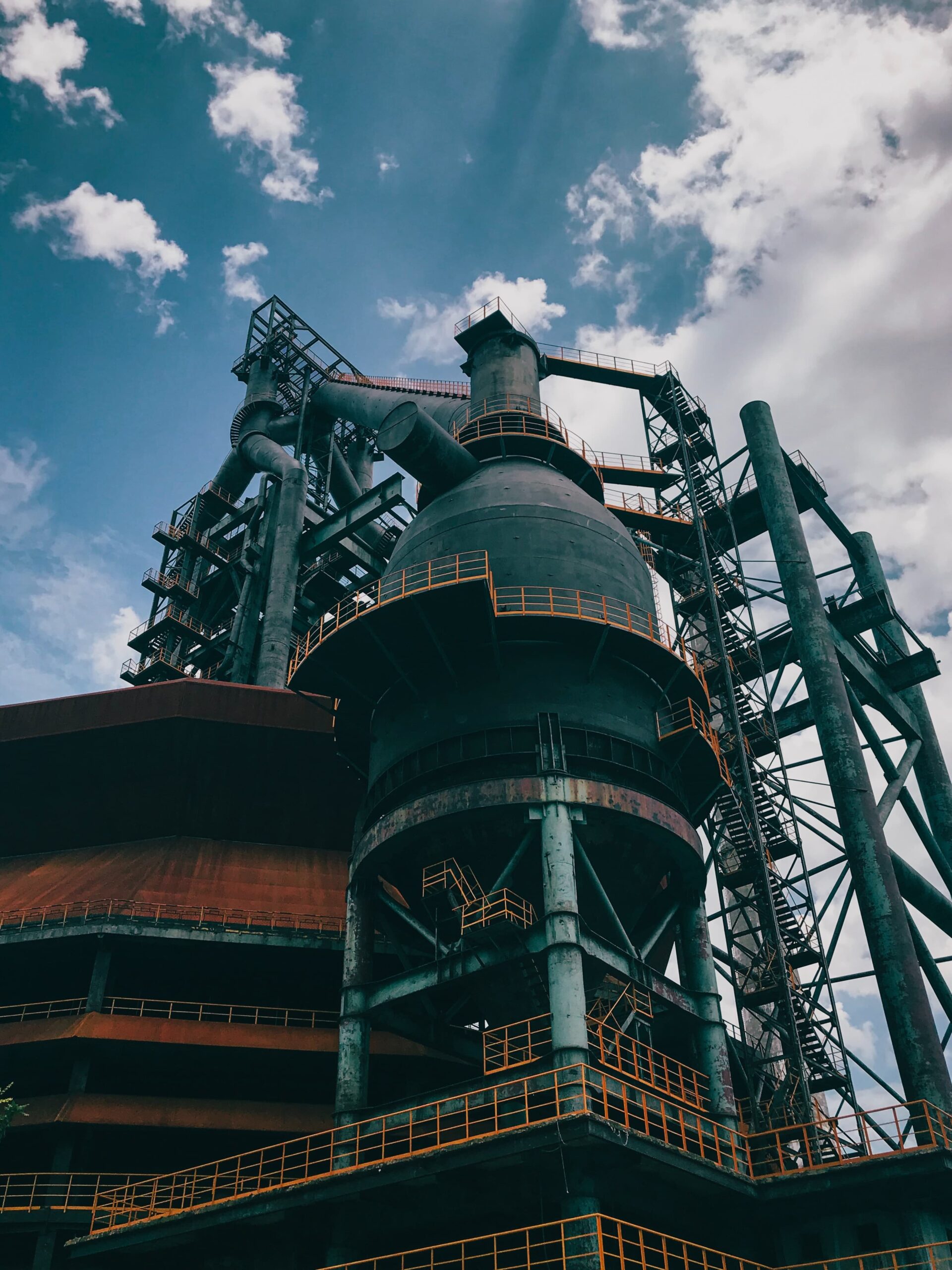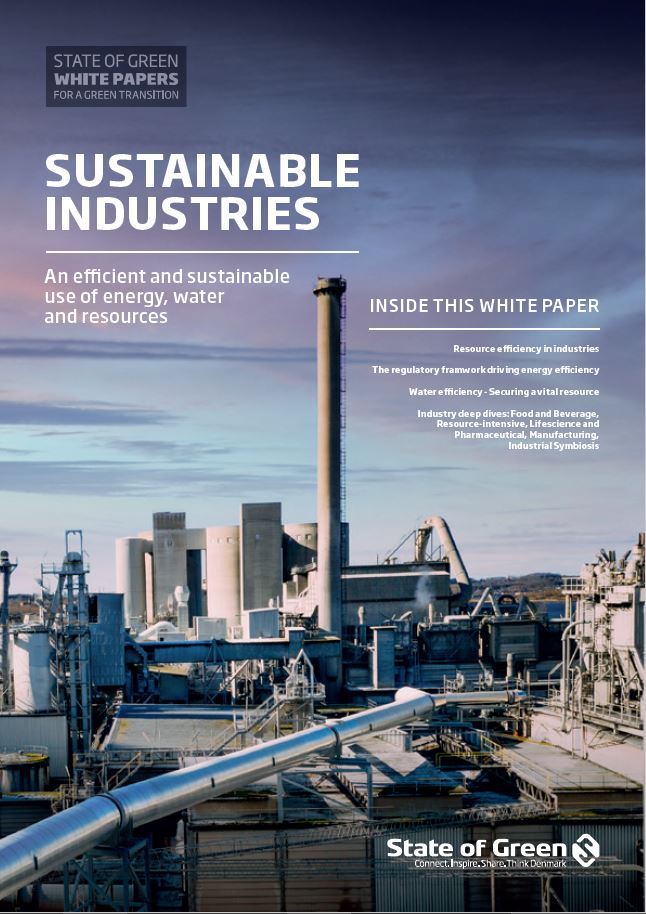Download our publication on sustainable industries
This article is part of our publication ‘Sustainable industries’.
Download nowPerspective
Industry


Saving energy and water in traditionally resource-intensive industries is one of the most necessary steps in a green transition while at the same time creating growth and economic development.
Resource-intensive industries such as steel, refining, chemical and cement are critical and important suppliers to all industries; enabling activities in other sectors and society at large, including transport, construction and power generation.
In the European Union (EU), industry accounts for 15 per cent of total CO2 emissions and energy-intensive industries account for more than half of this. Therefore, the EU’s ambitions of becoming climate neutral by 2050 can only be realised with the active participation of the energy-intensive industry. The challenge is to decrease emissions while keeping the industries competitive and positioning them to exploit the huge potential of the global market for low-emission technologies and services. The energy-intensive industry is engaged and has realised significant reductions already.
In 2019, the Danish government initiated 13 so-called ‘climate partnerships’, representing all branches of the Danish private sector. The aim was to involve the private sector to contribute with concrete recommendations and solutions on how to reduce CO2 and green house gasses in their respective sectors.
The Climate Partnership for Energy Intensive Industry has reported on their contribution to the Danish climate target of 70 per cent CO2 reductions by 2030 compared to 1990 levels. They point to reaching 30 per cent by own measures in the industry, such as energy efficiency measures, electrification of low-temperature processes and innovation directed at lower CO2 emitting products and processes. Electrification of low-temperature processes will also contribute to future energy and CO2 savings for two reasons;
An additional 20 per cent can be reached through carbon capture, usage and storage (CCUS). Some of the required solutions are not yet commercially viable and their realisation will require public investments and a willingness among customers to prioritise low-carbon products. Finally, this sector can contribute significantly to further energy savings in society by making their surplus heat from processes available to others.

This article is part of our publication ‘Sustainable industries’.
Download nowAlthough many energy efficiency measures have already been realised in industries with high-energy consumption based on a strong focus on energy costs, there are still many ordinary efficiency measures to be realised through information campaigns – particularly aimed at small and medium
enterprises. For the large emitters, an individual approach must be pursued – aiming at realising significant potentials in each individual company.
In 2019, the High-Level Group of Energy Intensive Industries delivered a masterplan for a competitive transformation of EU Energy-intensive Industries Enabling a Climate-neutral, Circular Economy by 2050.
The presented masterplan identifies strategic priorities within three areas:
solutions
Combined heat and power production
+6
solutions
Energy efficiency in buildings
+2